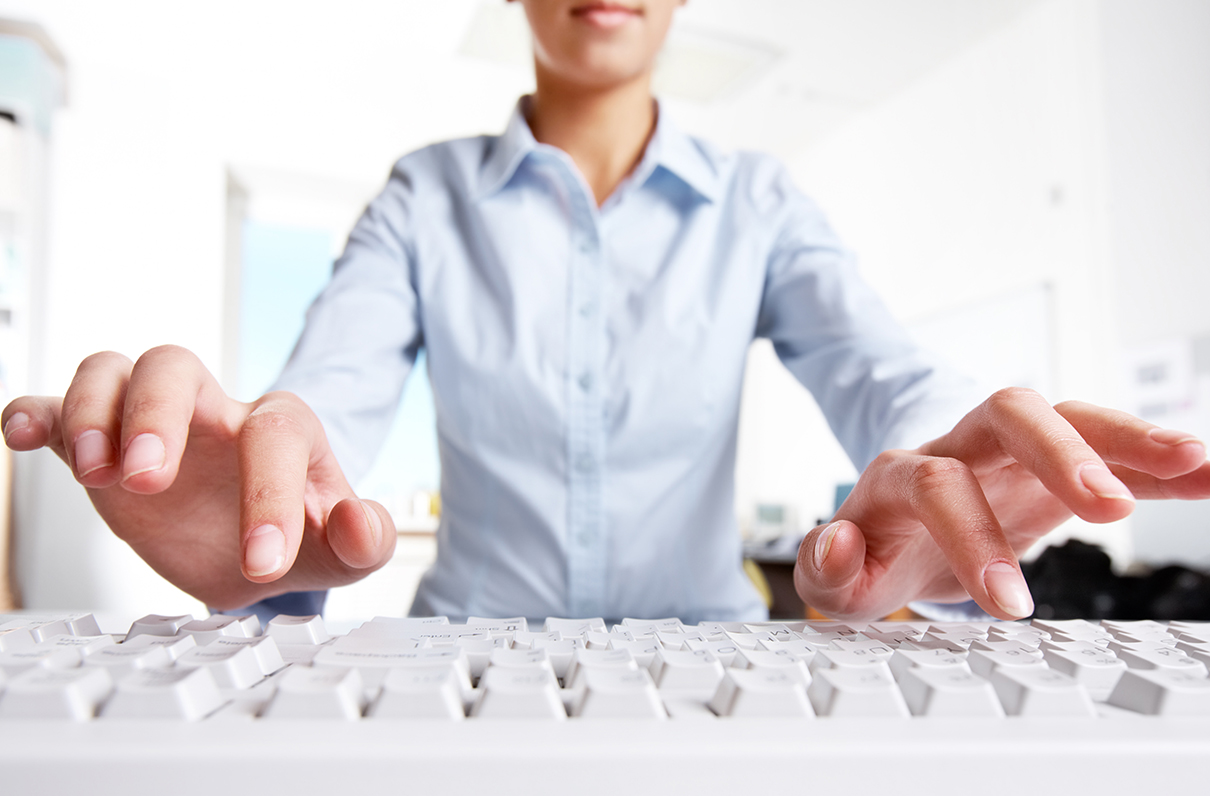There's a good chance you're not using your keyboard as productively as you could. Keeping your hands on the keyboard lets you do things faster than lifting one to push your mouse, swipe your touchpad, or press your touchscreen. Here are some interesting keyboard shortcut combinations you might not know.
The Windows key, which is imprinted with a four-paned window, is one of the most useful. Pressing it displays the Start menu or Start screen. Pressing it in combination with other keys does other things:
- Windows-D takes you to the desktop, while pressing it again takes you back to where you were.
- Windows-Down Arrow minimizes the current window.
- Windows-Up Arrow maximizes it in Windows 7 and later.
- Windows-+ opensthe Magnifier.
- Windows-Esc closes it in Windows 7 and later.
- Windows-F initiates Windows Search.
- Windows-S initiates the Search charm in Windows 8.1.
You're probably using other keyboard combinations that have been around since before Windows. The most useful include:
- Ctrl-S for saving your current document
- Ctrl-C for copying the highlighting data
- Ctrl-V for pasting the copied data
- Ctrl-Z for undo
- F1 for Help
Other useful, frequently used keyboard combinations include:
- Alt-Tab to switch among open programs
- Alt-F6 to switch among open documents in the same program
- Alt-F4 to quit the current program
- Alt-letter to move to the underlined letter in a dialog box
PrtSc, short for Print Screen, is an interesting key. In DOS, pressing it would print the text on your screen. In Windows pressing PrtSc captures the current screen and places it in the clipboard, where you can then paste it into a specific program. Alt-PrtSc captures only the active window. In Windows 8 and 8.1, Windows-PrtSc saves the current screen under the Screenshots subfolder in your My Pictures folder.
A little known trick is to press Shift-Alt-PrtSc. That also has nothing to do with printing the screen, but what it does is turn on the screen's high-contrast mode or turn it off if it's on. Instead of dark text against a bright white background, you'll see light text against a black background. That means less light shining into your eyes and less eyestrain.
You can create your own keyboard shortcut in Windows as well as in many individual programs. As a quick way of starting a program, right-click on its Windows Desktop icon, click Properties, click Shortcut, click in the box after Shortcut key, and press Ctrl-Alt-first letter of program. From then on pressing Ctrl-Alt-first letter of program will start the program.
Microsoft has a page on keyboard shortcuts and for Windows 8.1. For Mac users, Apple has their own support page.
If you're a keyboard shortcut geek, you'll benefit from a third-party macro program such as the free AutoHotkey. Among its tools is the ability to expand abbreviations as you type them.
